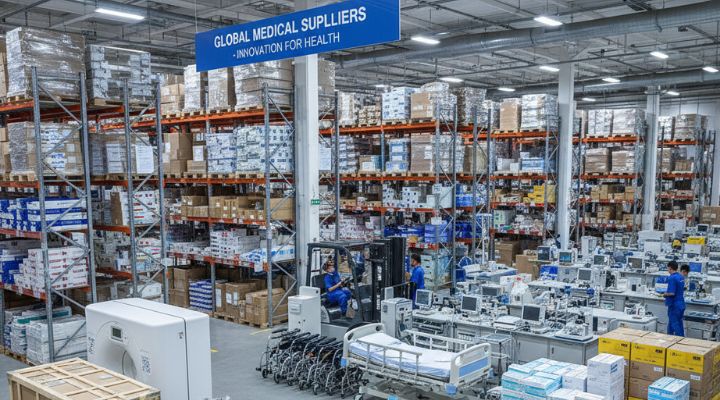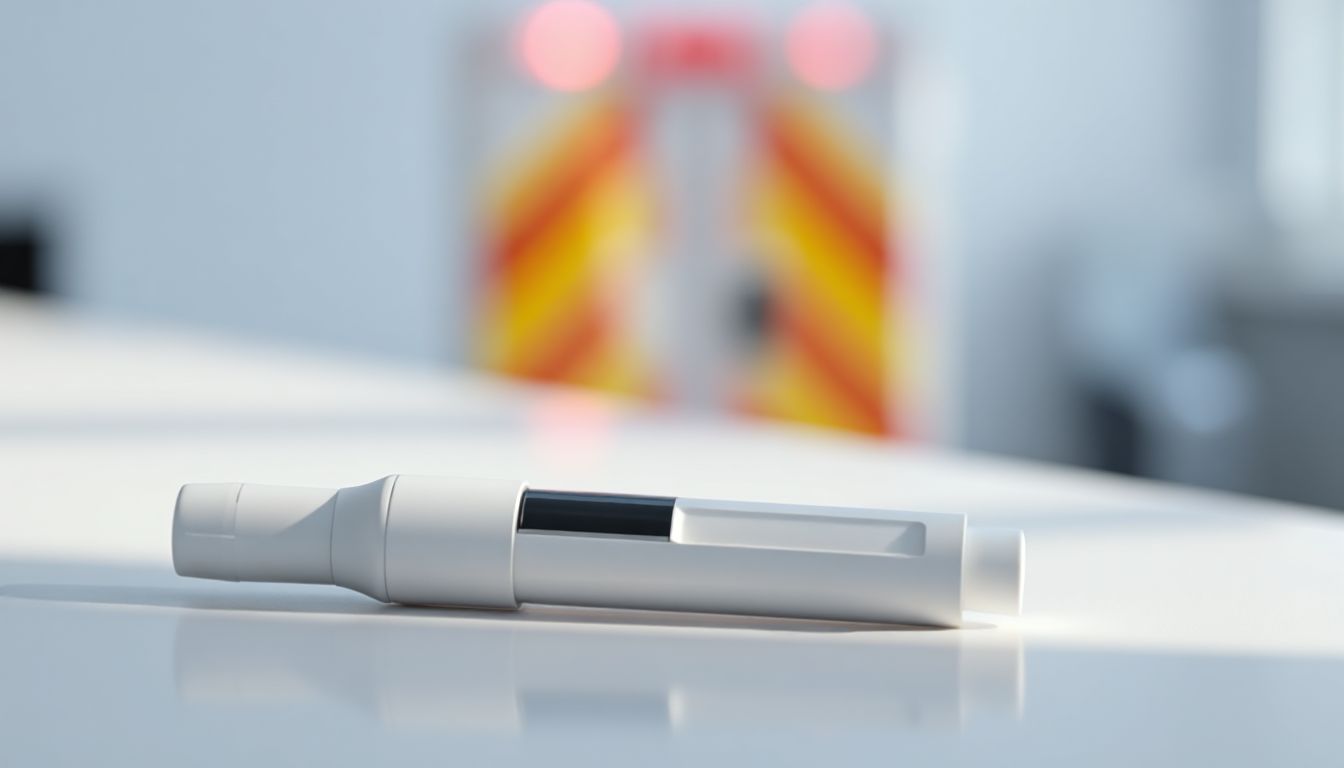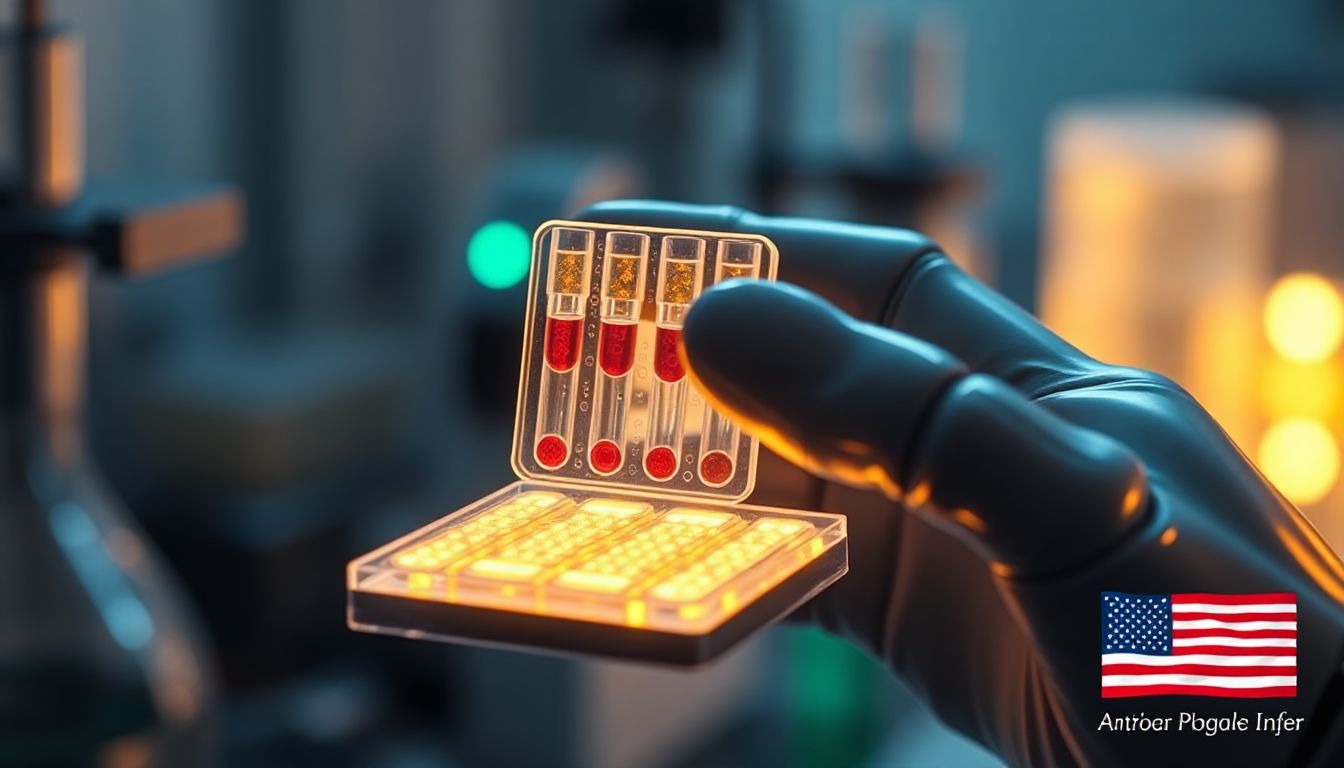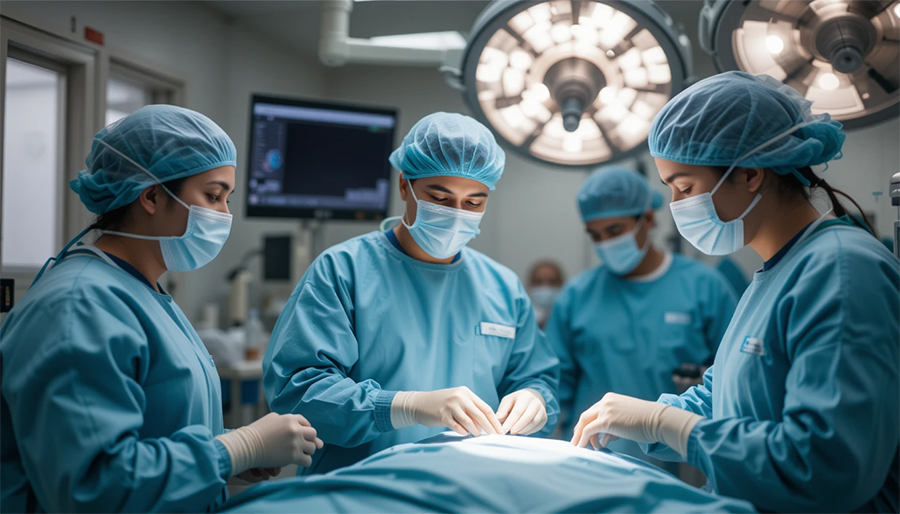
Exploring the Role of Plastic & Reconstructive Surgeons
Plastic & reconstructive surgeons are highly trained medical specialists who restore form and function to the human body. Their work extends far beyond aesthetic procedures, encompassing complex surgical techniques that repair traumatic injuries, correct congenital anomalies, and enhance patients’ quality of life. Whether reconstructing a breast after cancer, repairing cleft lips, or treating severe burns, these professionals play a pivotal role in modern medicine.
In this blog, we’ll delve into the essential responsibilities of plastic & reconstructive surgeons, examine the plastic surgery reconstructive ladder, discuss the impact factor of plastic reconstructive surgery, and explore the diverse ways this field is transforming patient outcomes worldwide.
What Is Plastic & Reconstructive Surgery?
Plastic and reconstructive surgery is a specialized branch of surgery that involves repairing or reshaping body tissue. While “plastic” refers to molding or shaping, the field covers both cosmetic and medically necessary procedures.
Plastic & reconstructive surgeons are often involved in:
-
Trauma and burn reconstruction
-
Cleft lip and palate repair
-
Microsurgery and nerve repair
-
Breast reconstruction after mastectomy
-
Skin grafting and flap surgery
-
Hand and facial surgery
-
Oncological reconstruction after tumor removal
These procedures not only enhance physical appearance but also restore physiological function and psychological well-being.
The Reconstructive Ladder in Plastic Surgery
An essential concept in the field is the plastic surgery reconstructive ladder, which outlines a stepwise approach to wound closure and reconstruction.
Reconstructive Ladder Explained:
| Step | Technique | Description |
|---|---|---|
| 1. Secondary intention | Natural healing | Wound is left to heal on its own; suitable for small or superficial wounds. |
| 2. Primary closure | Direct suturing | Edges of the wound are stitched together; used when skin can be approximated. |
| 3. Delayed primary closure | Suturing after a delay | Wound is left open initially and later closed surgically. |
| 4. Skin grafts | Transferring skin from another body part | Often used in burns or large open wounds. |
| 5. Local flaps | Moving adjacent tissue to cover the defect | Provides better color and texture match. |
| 6. Regional flaps | Tissues with dedicated blood supply | Useful when local flaps are inadequate. |
| 7. Free tissue transfer | Microsurgery to transplant distant tissue | For complex defects requiring major reconstruction. |
Importance of Plastic & Reconstructive Surgeons
The work of plastic & reconstructive surgeons significantly contributes to both functional and emotional recovery. Here are some examples:
1. Post-Traumatic Reconstruction
Accidents and traumatic injuries can result in disfigurement or loss of function. Reconstructive surgeons help restore appearance and mobility, allowing patients to regain independence.
2. Congenital Deformities
Conditions like cleft lips, clubfoot, or craniosynostosis require early intervention. Plastic surgeons correct these deformities to ensure normal development and reduce stigma.
3. Cancer Reconstruction
Following surgeries for breast, head, or neck cancer, patients often need reconstructive procedures to restore their physical form. These surgeries also support mental healing by helping patients feel whole again.
4. Burn Management
In cases of severe burns, reconstructive surgery is critical to replace damaged skin, reduce contractures, and improve function. Surgeons may use skin grafts or flaps to treat the affected areas.
Plastic Reconstructive Surgery Impact Factor
In the medical publishing world, the plastic reconstructive surgery impact factor refers to how frequently articles in a particular journal are cited. It’s an important indicator of the field’s relevance and scientific advancement.
The journal Plastic and Reconstructive Surgery (PRS) is one of the most highly regarded publications in this domain. Its high impact factor signifies the importance of ongoing research and development in plastic and reconstructive surgical techniques.
Benefits of High Impact Factor Journals:
-
Encourage innovation and evidence-based practices
-
Provide education for surgeons worldwide
-
Highlight breakthroughs in microsurgery, tissue engineering, and robotics
-
Strengthen global medical standards
Innovations in Plastic & Reconstructive Surgery
Modern medicine has brought forth innovative technologies and methodologies in this field:
a. 3D Printing and Custom Implants
Surgeons can now use 3D models to plan surgeries and create customized implants for cranial or facial reconstruction.
b. Regenerative Medicine
Stem cell research and tissue engineering are opening new avenues for regenerating damaged tissues instead of replacing them.
c. Robotic-Assisted Surgery
Minimally invasive, robot-assisted surgery allows for precision in delicate procedures like nerve repair and microsurgery.
d. Telemedicine & AI in Surgery Planning
Artificial intelligence and virtual consultations enhance surgical planning, diagnostics, and patient follow-ups.
Challenges Faced by Reconstructive Surgeons
Despite advancements, plastic & reconstructive surgeons face several challenges:
-
Limited donor tissue in extensive injuries
-
Complexity in microsurgical techniques, requiring years of training
-
Emotional toll, especially in pediatric or post-cancer reconstructions
-
Balancing aesthetics with function, particularly in visible areas like the face or hands
-
Insurance and cost coverage, as some procedures may be deemed cosmetic rather than reconstructive
Conclusion
Plastic & reconstructive surgeons are indispensable to the medical field. They don’t just change appearances—they rebuild lives. Their work spans delicate, life-altering surgeries that restore hope, dignity, and functionality to patients across all age groups.
Understanding the plastic surgery reconstructive ladder and acknowledging the impact factor of plastic reconstructive surgery helps underscore the significance of this field in advancing both clinical care and research. As technology evolves, the contributions of plastic & reconstructive surgeons will only become more vital.
Retail And Bulk Prices. We Help You Order That Medical Supply You Need!

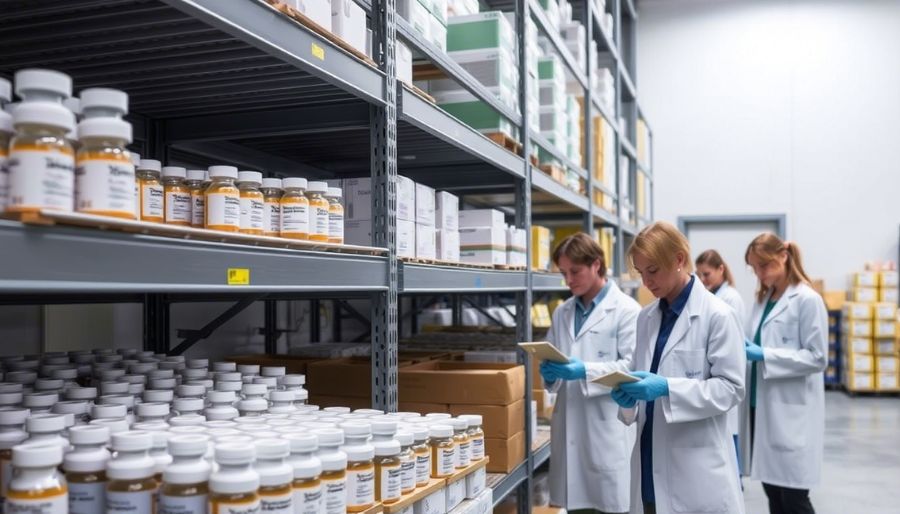 Previous Post
Previous Post Next Post
Next Post